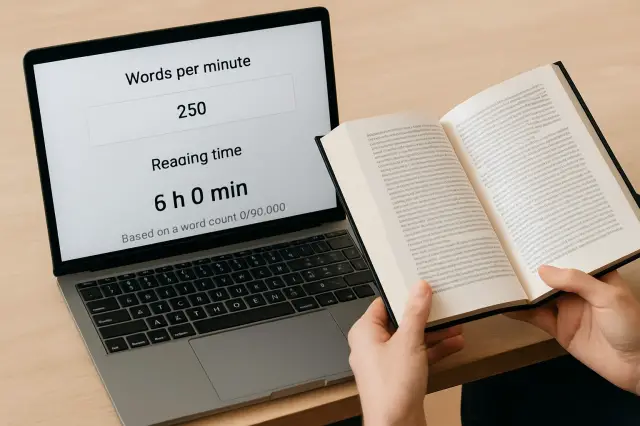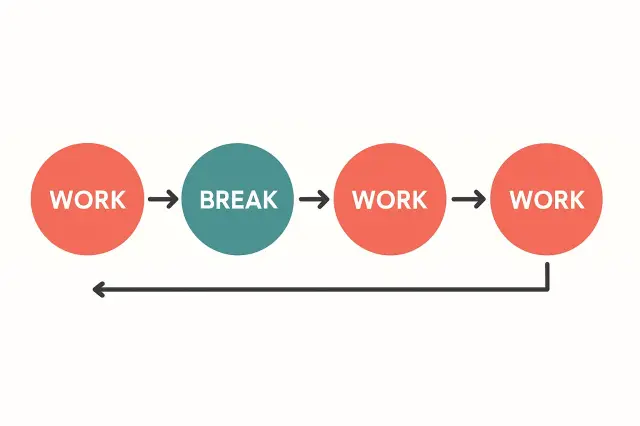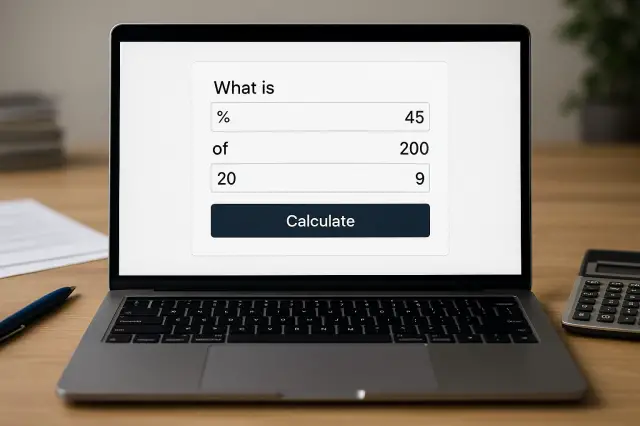Reading is one of the most enriching activities, yet most people underestimate how long it takes to finish a book. Whether you are a student planning study sessions, a professional organizing your reading workload, or simply a book lover trying to track your habits, knowing your real reading speed can transform how you approach any text.
The reading time calculator from Calculatorr.com is designed to give you precise estimates based on your actual pace. By understanding how long it takes to read a book, article, report or academic paper, you can manage your time better, plan your reading goals and improve your productivity.
This guide explains how reading speed works, how to measure it accurately, and how to use the Reading Time Calculator efficiently. It also includes practical examples, real scenarios, and useful links to related tools available on Calculatorr.com.
Link to the tool:
https://calculatorr.com/productivity-calculators/reading-time-calculator
What Is Reading Speed and Why It Matters
Reading speed refers to how many words you can read per minute, commonly known as WPM (words per minute). Understanding this value is essential because it determines:
-
How long it will take to finish a book
-
How to plan your daily reading time
-
How to estimate the time needed for study sessions
-
How to organize reading tasks at work
-
How to improve comprehension and focus
A typical adult reads between 200 and 300 words per minute, but this varies depending on the type of content. For example:
-
Light novels tend to be easier to read
-
Textbooks require slower, more focused reading
-
Technical manuals may reduce your reading speed by half
-
Articles and web content are usually faster to digest
This is where the reading time calculator becomes useful. Instead of guessing, you can get a personalized, accurate estimate.
How the Reading Time Calculator Works
The Reading Time Calculator on Calculatorr.com is simple yet powerful. It uses two main inputs:
-
Total word count of the text
-
Your personal reading speed (WPM)
The tool uses a straightforward formula:
Reading Time = Word Count ÷ Reading Speed
However, the value it provides is more than a number. It gives you a realistic expectation of how long your reading session will take, helping you plan better.
How to Use the Reading Time Calculator Step by Step
H2 – How to Use the Reading Time Calculator
(Keyword included in a subtitle, as required.)
Using the calculator is simple. Follow the steps below to get accurate results:
H3 – Step 1 Identify the Word Count
You need the total number of words in the book, article or text. If you are reading a digital document, you can usually check the word count easily:
-
Microsoft Word gives a word count at the bottom of the screen
-
Google Docs displays it under Tools > Word count
-
E-book readers sometimes show the number of pages or estimated reading time
-
Web articles often include word count for SEO reasons
If you only know the page count, you can use an average:
-
Standard book page: 250–300 words
-
Textbook page: 400–600 words
-
Light novel page: 200–250 words
H3 – Step 2 Measure Your Reading Speed
The calculator includes a default reading speed, but using your real pace gives better estimates.
To measure your reading speed:
-
Choose a text at your usual difficulty level
-
Read for exactly one minute
-
Count the words you read
-
Enter that number in the calculator
After doing this a few times, you will get a reliable average.
H3 – Step 3 Enter the Values
Once you have:
-
Word count
-
Reading speed
Enter both into the Reading Time Calculator at:
https://calculatorr.com/productivity-calculators/reading-time-calculator
H3 – Step 4 View Your Estimated Reading Time
The result will appear instantly. It often includes:
-
Total minutes required
-
Total hours required
-
Reading time per chapter (if you enter chapter length)
This allows you to plan your reading sessions precisely.
Real Examples on How Long It Takes to Read a Book
H3 – Example 1 Reading a Novel
Imagine you want to read a 90,000-word novel. If your reading speed is 250 WPM:
90,000 ÷ 250 = 360 minutes
That is 6 hours of reading.
You could plan:
-
1 hour per day for 6 days, or
-
30 minutes per day for 12 days
The calculator allows you to try different speeds and schedules.
H3 – Example 2 Reading a University Textbook
A textbook with 180,000 words at a slower reading rate of 150 WPM:
180,000 ÷ 150 = 1200 minutes
That is 20 hours of reading.
Dividing that across study days helps avoid burnout and improves comprehension.
H3 – Example 3 Reading Articles for Work
If you read five articles totaling 6,000 words at 280 WPM:
6,000 ÷ 280 = 21 minutes
Perfect for planning your work blocks and avoiding task overflow.
Why Your Reading Speed Changes
Your reading speed is not fixed. It depends on:
-
Difficulty of the content
-
Your energy and focus levels
-
Your environment (quiet spaces increase WPM)
-
Your familiarity with the topic
-
Screen vs. paper reading
This is why using the reading time calculator regularly helps you adjust expectations and become more aware of your habits.
Benefits of Using the Reading Time Calculator
H3 – Better Time Management
Knowing how long a text will take helps you allocate reading sessions without stress.
H3 – Improved Study Planning
Students can break down large academic texts into manageable daily portions.
H3 – Increased Productivity
Professionals can schedule reading tasks for meetings, reports, and research.
H3 – Goal Tracking for Book Lovers
Setting weekly or monthly reading goals becomes easier when you know realistic reading times.
H3 – Enhanced Focus
When you know a session will take “20 minutes,” you are more likely to stay focused.
Tips to Increase Your Reading Speed
While speed should never replace comprehension, you can safely read faster by:
-
Eliminating distractions
-
Reading in short, focused intervals
-
Expanding your vocabulary
-
Practicing skimming techniques
-
Using a pointer (like your finger or a pen) to guide your eyes
-
Avoiding subvocalization (mentally pronouncing each word)
Combining these techniques with the calculator helps track your improvements.
Who Benefits Most from the Reading Time Calculator
Students
Perfect for estimating how long it will take to read chapters, textbooks and research papers.
Writers and Bloggers
Useful to calculate reading time of published content and optimize SEO for audiences.
Professionals
Ideal for planning reading blocks for work reports, briefs or training materials.
Book Enthusiasts
Great for tracking reading habits, planning reading challenges, and improving consistency.
Teachers
Helpful for assigning reading tasks and estimating time requirements for students.
Related Tools You May Find Useful
Calculatorr.com offers several tools that complement the Reading Time Calculator:
-
Writing Speed Calculator
Helps estimate how long it takes to write text.
https://calculatorr.com/productivity-calculators/writing-speed-calculator -
Pomodoro Timer
Ideal for focused reading sessions.
https://calculatorr.com/productivity-calculators/pomodoro-timer -
Time Blocking Planner
Useful for organizing reading blocks throughout the week.
https://calculatorr.com/productivity-calculators/time-blocking-planner
Using these tools together builds a complete productivity system.




